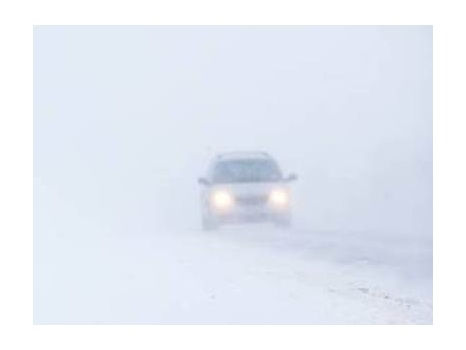Research Experts On The Measurement Metrics Radio Needs To Play Up With Advertisers.
- Inside Audio Marketing

- Apr 15, 2024
- 3 min read

In his first NAB Show appearance since being appointed Nielsen Audio Managing Director, Rich Tunkel urged attendees to focus on the bigger picture and how rumors of radio’s demise have been greatly exaggerated. Looking across the media landscape, radio outshines all other media, he said. “We’ve always known radio is the reach media, reaching nine out of 10 Americans every week,” Tunkel said Sunday. “That story is getting better over time, because it's holding up better than other traditional media.”
The American media landscape has changed dramatically over the past ten years as cord cutting and the rise of Netflix, YouTube and other streaming video providers has diminished the reach of ad-supported TV. The wear and tear on television combined with the fragmentation that exists in digital and CTV means radio is more essential than ever, Tunkel said.
Radio also stacks up well in time spent with media. Among 18-34- and 18–49-year-olds, “radio average quarter hour audiences are very competitive with television,” Tunkel said. Radio sellers must be armed with the facts about competitive media when meeting with marketers, he added.
Putting that in context with your customers so they understand where radio fits in the media landscape is crucial, he said. So is using local qualitative audience data to show how your audience stacks up among people who are in the market for a given product or have purchased it in the past. “You're taking the big picture and you're making it specific to your customer and what they care about,” he said.
Nearly two thirds of radio listening take place out of the home (65%), Nielsen data show, and most away-from-home listening occurs in the car (68%), where radio remains the dominant audio source. Streaming continues to account for a larger share of time spent with broadcast radio. According to Edison Research Share of Ear data, 20% of adults 25-54 time spent with AM/FM radio in Q1 2023 took place via streaming, up from 15% in Q1 2022.
Pierre Bouvard, Chief Insights Officer for Cumulus Media/Westwood One, compared the streaming habits of men vs. women to “A Tale Of Two Cities.” Among women 25-54, 10% of broadcast radio listening occurs online, compared to a whopping 30% for men. “There's a dramatic difference and I think it has to do with [male-dominated formats] sports and talk. There’s a big difference based on what your format is.”
Campaigns and political action committees are reserving ad time now for the November elections and the panel suggested ways radio can use data to gain a larger share of what is expected to be record high political ad dollars. For example, the same $15 million campaign of 75% TV, 25% digital used in 2022 delivers 12% less reach in 2023. And shifting more budget to Connected TV (CTV) and digital won’t solve the problem. The research execs prescribed broadcast radio for campaigns to fill their TV reach gap, showing that a 20% allocation to radio reaches 15 million more voters (+17%) for no additional cost.
Bouvard illustrated this by comparing the outcomes of a very light radio buy (reaching one-third of a station’s weekly audience an average of 1.4 times) with that of a heavy campaign (reaching 78% an average of 4.3 times). He used Nielsen data to show how that varies from format to format. A very light campaign requires 14 weekly spots on top 40 but only nine on news/talk. A heavy campaign needs 92 spots per week on top 40 radio and 58 on news/talk.
“Some radio stations have very high time spent listening,” Bouvard explained, such as those that program Spanish language formats, news/talk and urban. “Other radio stations are like Grand Central Station, where people zoom in and zoom out. The turnover varies by station and it's mostly related to programming. The benefit is this helps build expectations with the retail.”
Rather than talking to retailers about spots, Bouvard urged radio sales teams to talk about campaigns and to recommend a heavy campaign that reaches 78% of the station’s audience for a grand opening campaign or a light campaign for an image awareness campaign. “You're selling an idea, not a number of ads. Then this becomes the investment, how much to reach 80% of my audience and how much to reach one third. You're not talking about ads at all, you're just talking about four different campaigns.”
AM/FM radio is best when used early and often by marketers, Tunkel added, delivering greater incremental reach when used for more than one week.
The session was moderated by NAB VP of Research Dan McDonald.




Comments